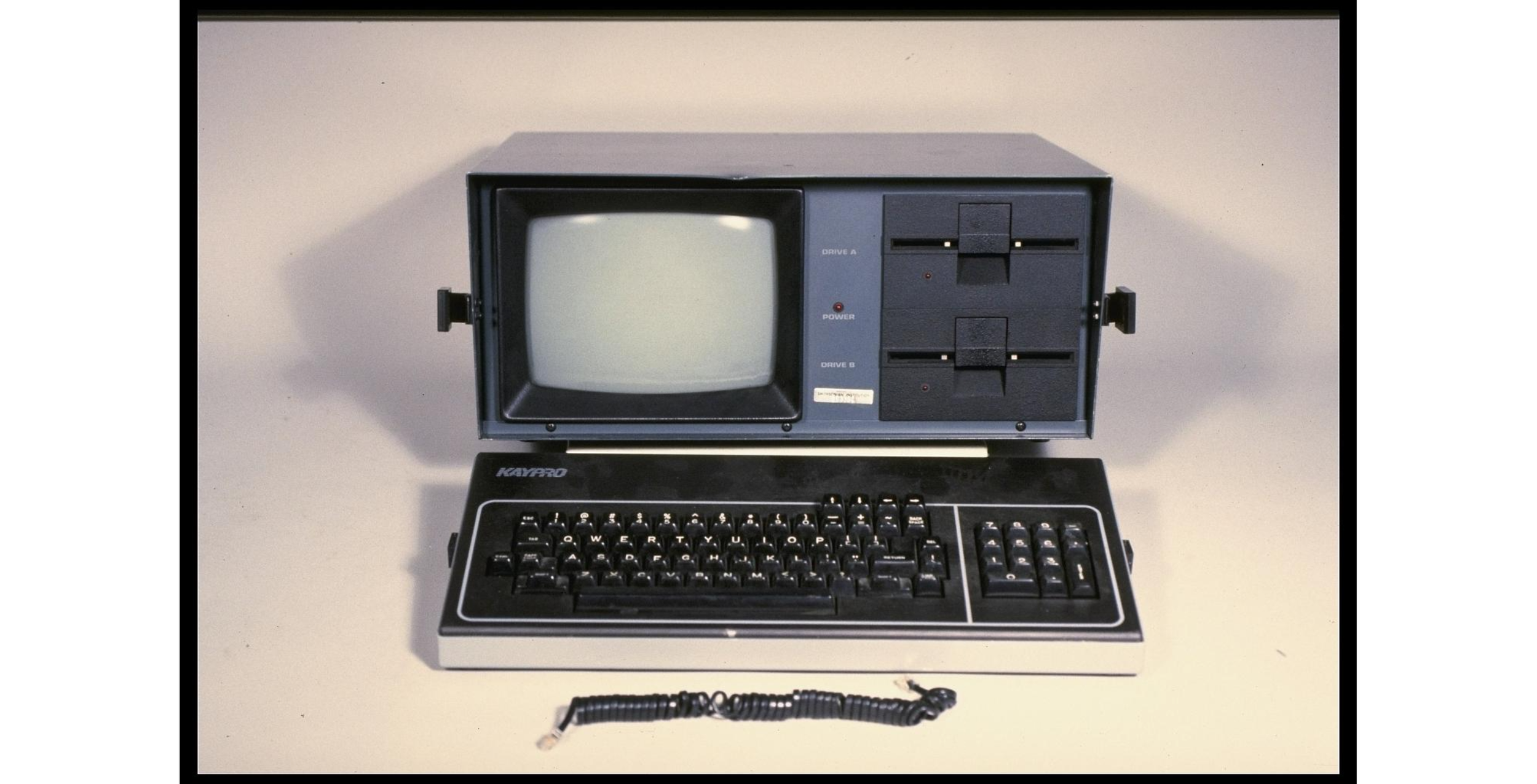AI - it’s just the latest way to automate routines
Tech Analyst Benedict Evans' article “AI and the automation of work” brought back memories of my early days in ski area sales. He introduces Jevons Paradigm: "If it becomes much cheaper and more efficient to do something, you might do more of it."
As a regional sales representative for Purgatory Ski Resort in the 80s, my job involved traveling to West Texas, New Mexico, and Arizona to meet with ski clubs, sport shops, travel agencies, and more. I kept track of these relationships using shoebox files and note cards for each contact. Grab the box file - drive or fly to the region and meet face to face with all these contacts. On a good day I could have almost a dozen solid meetings, booking business, distributing literature, offering up net rates and generally getting these influencers stoked about Purgatory. The file card was an essential part of maintaining relationships and business continuity. It was also the worst part of the job.
Starryai rendering of “Paperwork exploding out of a file box”
After every meeting, I diligently recorded the details on the card. Each evening, I transferred the information to a daily summary report. At the end of the week, I created a weekly report for the sales manager. And guess what? At the end of the month, I rewrote it all into a monthly report for the marketing and sales director. Flying allowed me to work on these reports, but road trips required an entire day just for summarizing.
Enter the Kaypro 4, a "portable" computer with a small screen and two floppy disk slots. I saw its potential to make my life easier and more efficient, leading to increased sales. With the bundled data base program called "DataStar," I created customer records and input subsequent visits. From this database, I generated daily, weekly, and monthly reports. I mastered mail merging with the word processor program "WordStar," allowing me to print and mail thank-you letters immediately upon my return.
Kaypro 4 personal computer - Smithsonian National Museum of American History
Here’s my point - the first thing I did with this new technology was to automate the repetitive tasks that consumed my time, freeing me to focus on making sales. Then, I explored new ways to add value to client services. This is what I believe will happen with AI, as Benedict highlighted: "New technology makes things cheaper and easier, but it may mean doing the same with fewer people or doing more with the same people. It also leads to changes in how we work, adapting to fit the tool."
So how will you use AI to make your efforts more efficient, ultimately advancing your processes to be more effective? Forty years ago I purchased my Kaypro 4 for $2,000 and lugged the 29 pound metal framed behemoth around the Southwest. Just imagine what you can do with AI!
And as always remember,
“Technology is nothing without Humanity.” — Dave Tragethon
Thanks to Benedict Evans and this insightful article: “AI and the automation of work”


